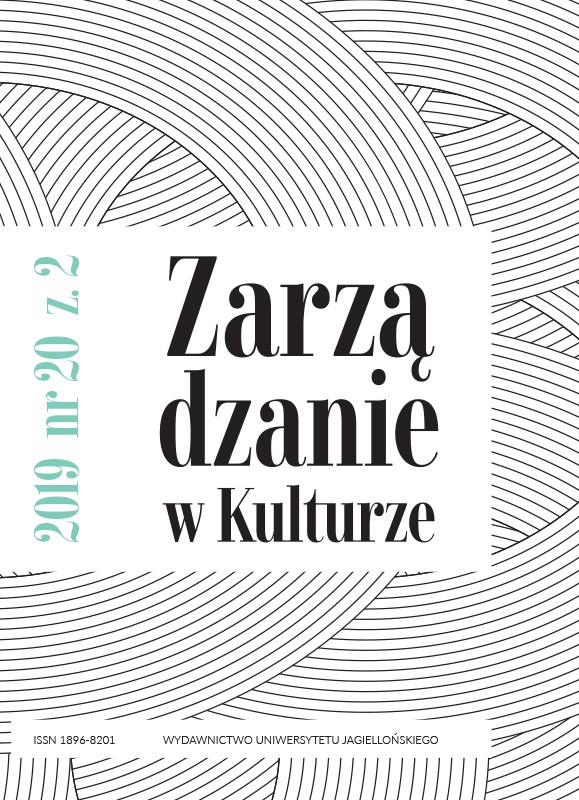»Co to jest muzeum« – wyobrażenia dzieci w wieku pomiędzy 5. a 7. rokiem życia na temat instytucji muzealnej
What is a Museum – Children’s Notion (between the 5 and 7) about the Museum’s Institution
Author(s): Jolanta SkutnikSubject(s): Social Sciences, Sociology, Sociology of Culture
Published by: Wydawnictwo Uniwersytetu Jagiellońskiego
Keywords: dzieci; publiczność; muzeum; percepcja; definicja; rysunki; wywiady; children; visitors; museum; perception; definition; drawings; interviews
Summary/Abstract: This document presents the results of research on the perception of the museum by younger children (aged 5 to 7 years). The research was carried out in a group of 250 children attending kindergartens in the Silesian Voivodship. The results of the research served to get to know how children perceive the museum as an institution, its tasks and functions. This knowledge should be preceded by all educational activities of museums.The qualitative strategy with the methodology associated with the interpretive paradigm was chosen for the implementation of the research. Assuming that children are not able to accurately answer questions related to defining concepts and phenomena, research should be based on such methods of expression that would reproduce the image of the analyzed phenomenon in the most readable manner possible. One of the most frequently used forms of observation of children’s ideas about the world are children’s drawings. Hence drawing as a research technique, in the case of children’s questions about phenomena and definitions, it proved to be the most appropriate research tool, allowing to reproduce these fragments of knowledge, experiences, insights and opinions of children who can’t be verbalized. This did not mean giving up verbal statements. From the research experience it is clear that these two methods of data acquisition, in the case of younger children, should occur together, eliminating any possible understatements resulting from the use of any of the methods separately. Their simultaneous use eliminated possible false ways of reading data. That is why, apart from the drawing (as projection techniques), the method of focused group interviews was used. Interviews were conducted with children in groups (8 groups in total), the number of which ranged from 5 to 8 people.As a result of the research, a rich research material was obtained, including 250 drawings and over a two-hour collection of verbal statements. Detailed analysis with conclusions is the content of this article.
Journal: Zarządzanie w kulturze
- Issue Year: 20/2019
- Issue No: 2
- Page Range: 257-285
- Page Count: 29
- Language: Polish

